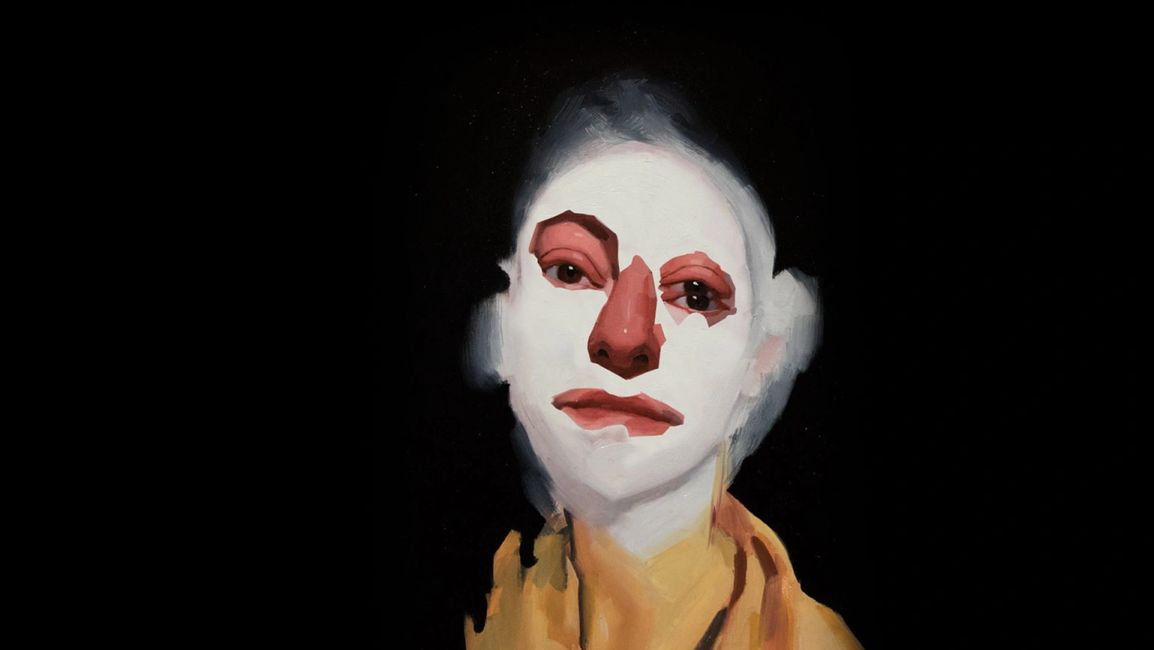
Breakfast and Coffee
Emilio Villalba, Breakfast and Coffee, 2016
The original was created using oil on canvas.
"I’m not too sure what category or genre my work would fall under, but I think my work is a culmination of my love for the old masters in art and my appreciation of the contemporary movement. The quality of my work has always been extremely important to me, and most recently the pieces have been more conceptually driven. My paint application is a result of absorbing techniques from teachers I have spent time with, as well as painters I have admired along the years from Sargent to Picasso and Basquiat."
~Emilio Villalba
A Southern California native, Emilio Villalba received his BFA from the Art Institute of California in 2006, and his MFA in Painting from the Academy of Art University in 2011.
Villalba moved to San Francisco in 2008 to begin an abstract painting program at the Academy of Art. His first semester was spent learning about Richard Diebenkorn as well as the abstract expressionists. There he met the Academy’s Director of Fine Art Painting, and fellow painter, Mark Tennant. Tenant greatly influenced Villalba and encouraged him to change his concentration to the figurative painting program where he was introduced to the works of painters like Lucian Freud, Ann Gale and Alex Kanevsky. The artist writes, “…my first assignment was to create black and white master studies from Velazquez. I was then hooked on painting portraits for the rest of my school career.”
Villalba’s portrait,Breakfast and Coffee is clearly inspired by the Old Masters with its stark background and the three-quarter turn view of a sitter who gazes directly out at the viewer. However, Villalba reimagines 17th century portraits by transforming the work of the Old Masters into abstract oil paintings that explore the human condition.
According to the artist, his portraits explore the dissonance created when the familiar is fractured and distorted by outside influence.” The mismatched and duplicate facial features then represent the subject’s inner person. With the inclusion of eyes that seem to be ever-watching, the reoccurring theme of voyeurism is present throughout the artist’s oeuvre.
How do you express your inner feelings? Spends some time thinking about how you may best share your feelings. Is it through painting? Photography? Music? Journaling? Chalk art? Dance? Poetry? Gardening? Finding a creative outlet while sheltering in place can do wonders to your mood and can also be a productive way to work through your feelings.
For more ways to connect with art and culture while sheltering in place:
https://www.artworkarchive.com/blog/how-to-experience-art-culture-during-coronavirus
*abstract – Abstract art is art that does not attempt to represent an accurate depiction of a visual reality but instead use shapes, colors, forms and gestural marks to achieve its effect.
*abstract expressionism – The term applied to a new style of abstract art developed by Americans painters such as Jackson Pollock, Mark Rothko, Helen Frankenthaler, and Willem de Kooning in the 1940s and 1950s. Working after WWI, the Abstract Expressionists began to rely on their own particular experiences and visions which they painted as directly as they could. The style is often characterized by gestural brushstrokes or mark-making, and the impression of spontaneity of expression and individuality.
Abstract Expressionism was officially recognized in the 1951 Museum of Modern Art exhibition “Abstract Painting and Sculpture in America.” The term embraces artwork of diverse styles and degrees of reference to content or subject.
The Abstract Expressionists experimented with unstable, indeterminate, dynamic, open, and “unfinished” forms directly exploiting the expressiveness of the painting’s medium to suggest the particular creative action of the artist – their active presence and temperament. Abstract Expressionist art is often large in scale
Abstract Expressionism can be divided into two tendencies:
gestural painting – (“action painting”) brush painting which was concerned with gesture, action and texture (Pollock, de Kooning, Kline)
color-field painting – (“post-painterly”) which was concerned with a large unified shape or area of color (Newman, Rothko, Still).
*figurative – Figurative art describes any form of modern art that retains strong references to the real world and particularly to the human figure.
*oeuvre – The complete works of a painter, composer, or author regarded collectively. For example, “the complete oeuvre of Van Gogh.”
Copyright © 2020 Emergency Art Museum - All Rights Reserved.
*The Emergency Art Museum claims no ownership, or copyright to any materials found here, or on-site. The Emergency Art Museum functions solely as a non-commercial, non-profit, educational resource for the community. All artwork represented or reproduced, has been done so for educational purposes only under the fair use act.
-Johnny DePalma, Owner / Curator
-Janelle Graves, Art Historian / Museum Educator